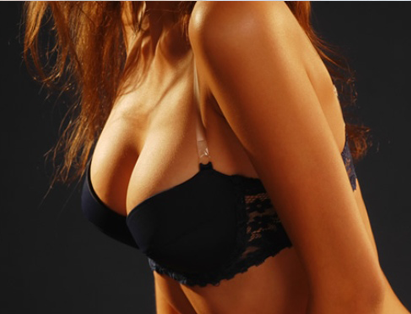Breast Care
If you're a woman, you know exactly how important it is for your breasts to be round and perky.

We'd all love to have perky breasts our whole lives, but sagging is just a part of life. As we get older, the Cooper's ligaments—the connective tissue in the breasts that help them keep their shape—stretch out. Breasts gradually change from having more breast tissue to having more fat, and this can make them appear less perky and even deflated looking. Many women will do just about anything they can to delay or even prevent sagging. But to do that properly, you need to get the sag story straight.
How we could help?
Our non-surgical breast lift treatment is designed to give you fuller, and firmer breasts. The painless procedure can get good results, with more long lasting results following a course of various treatments and targeted exercises. Unlike surgery, our breast lift treatment is designed to enhance your bodies assets in a safe a natural way, without breaking the bank.
Here, the top misconceptions about what makes the girls hang low:
Myth #1: Breastfeeding can cause sagging.
Not true. According to a 2008 study in the Aesthetic Surgery Journal, breastfeeding is not a risk factor for breast ptosis (another word for sagging). Actually, the pregnancy itself is probably the bigger culprit. Breasts increase in size with pregnancy and stay enlarged with breastfeeding, but they then slowly shrink back down once a woman is done nursing. Weight loss and deflation of the breasts can make them sag.
Myth #2: Certain Bras can prevent sagging.
There's no data that shows that certain bras such as push-up bras prevent sagging, or that any particular kind of bra can cause sagging, says Minkin. Also, while wearing a bra to bed is totally fine for comfort, don't expect that nighttime support to keep your girls in perfect shape. Again, there's no proof that doing so will help prevent sagging. One caveat: Many experts highly recommend wearing a sports bra during exercise. "The constant pull of gravity and the bouncing and movement during running can stretch the breast tissue and possibly lead to sagging, so hold them up with a supportive bra," suggests Taylor. "Some sports bras are like body armor—they hold the breasts so well there is no movement at all."
Myth #3: Certain exercises can keep your breasts from going south.
Breasts don't contain muscle, so there aren't any exercises you can do to specifically target them. But doing exercises for the chest muscles, specifically the pectoralis major muscle located directly underneath the breasts, along with certain treatments can help elevate the breasts and give them a perkier appearance.
Myth #4: Small breast does not sag
Even small breasts are subject to gravity—just not as much. It is true that in general small breasts do sag a bit less than larger ones because there's less tissue pulling down. Whether or not your breasts sag depends on the ratio of breast tissue to fat, In other words, if you have a high breast density—meaning there's more breast tissue compared to fat—your breasts will be less likely to droop than if you have a low breast density, with more fat than breast tissue.
Myth #5: There's nothing you can do to prevent sagging.
While sagging is inevitable for many women, you can take steps to at least minimise it. For instance, the study in the Aesthetic Surgery Journal found that a high BMI and a history of smoking were risk factors for breast sagging. Also, avoid yo-yo dieting. "If a woman gains a lot of weight, her breasts will stretch out just as the rest of her skin. "However, if she then loses that weight, she'll be left with the extra skin, which just sags because it no longer has all that tissue holding it up. Always maintaining a healthy weight will likely help."
